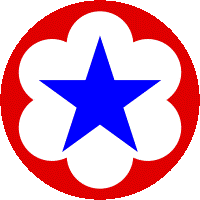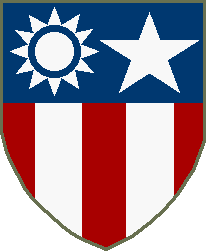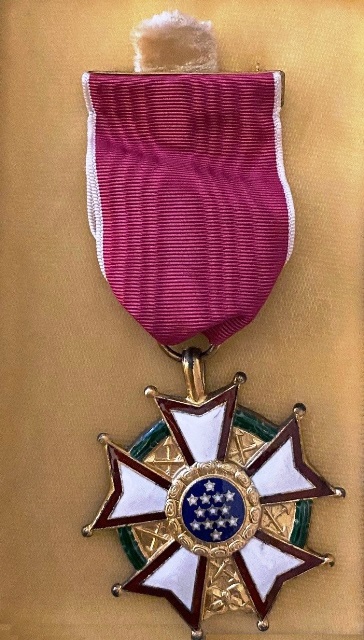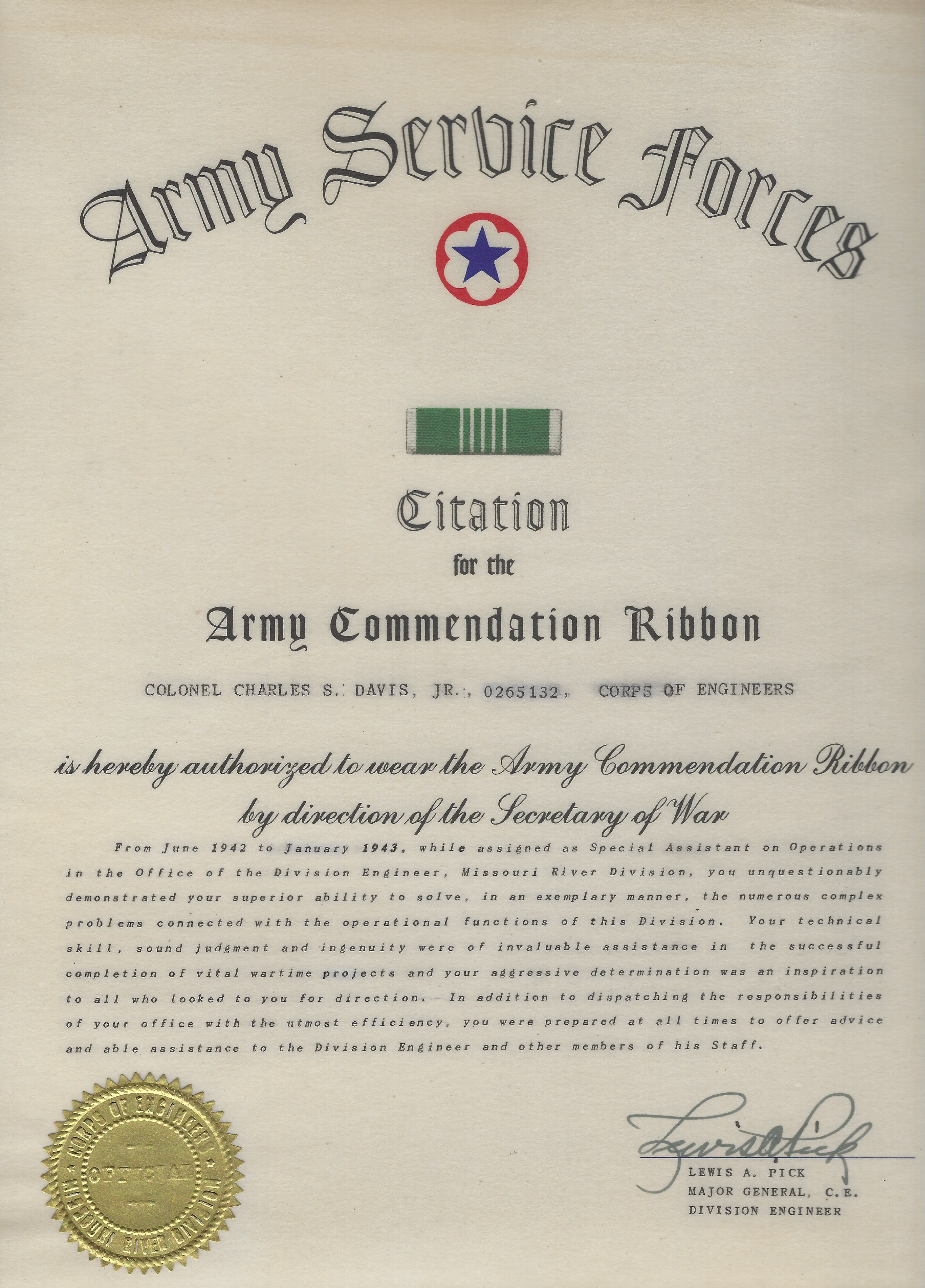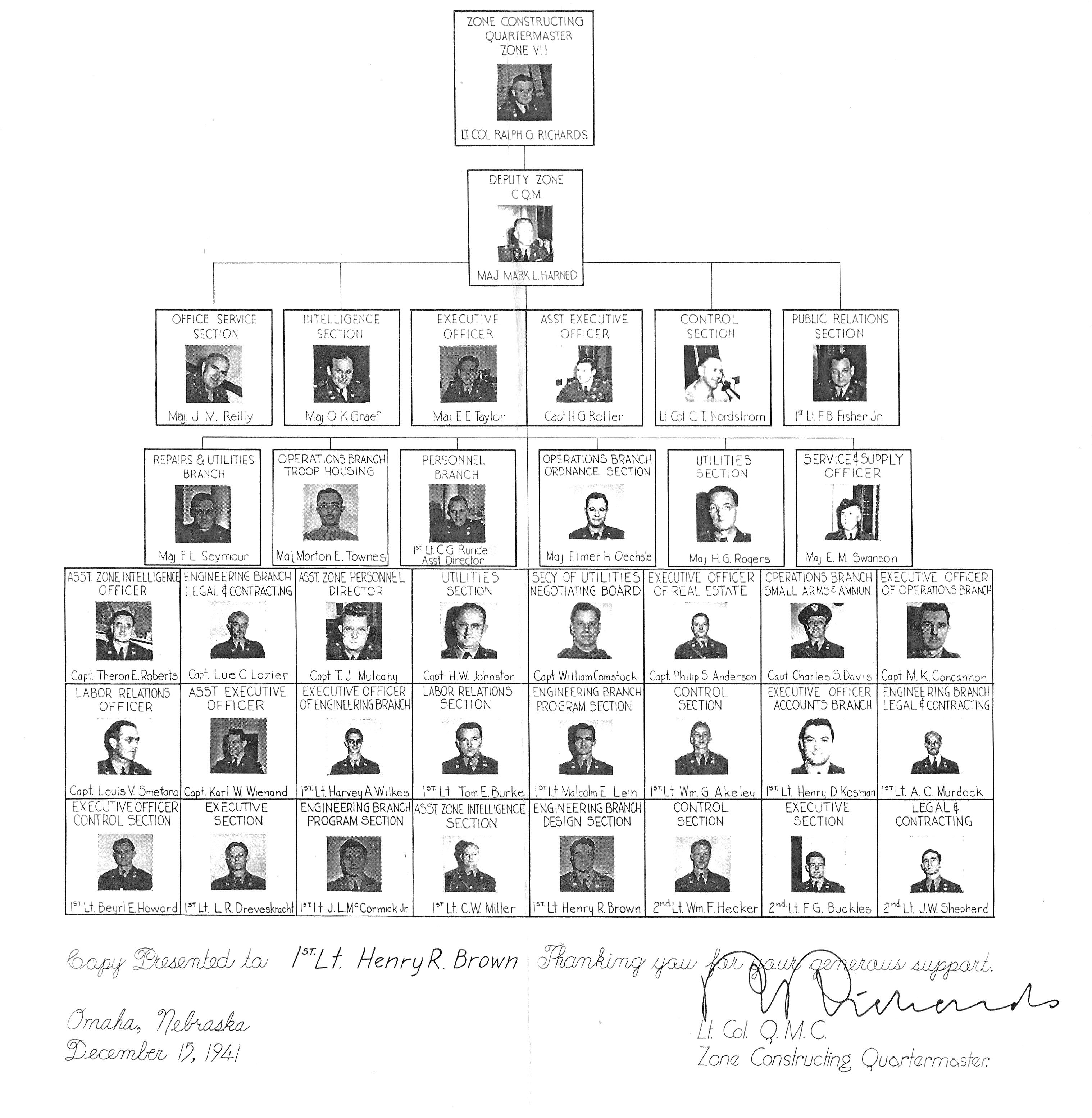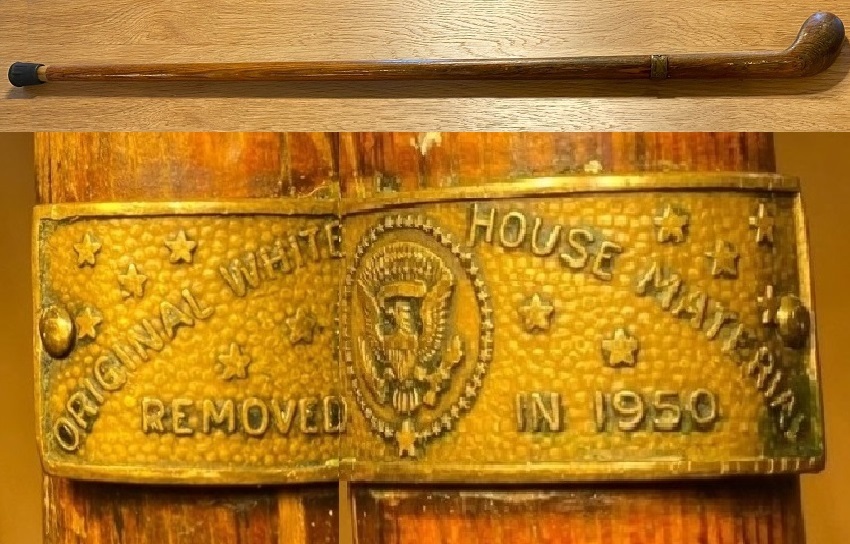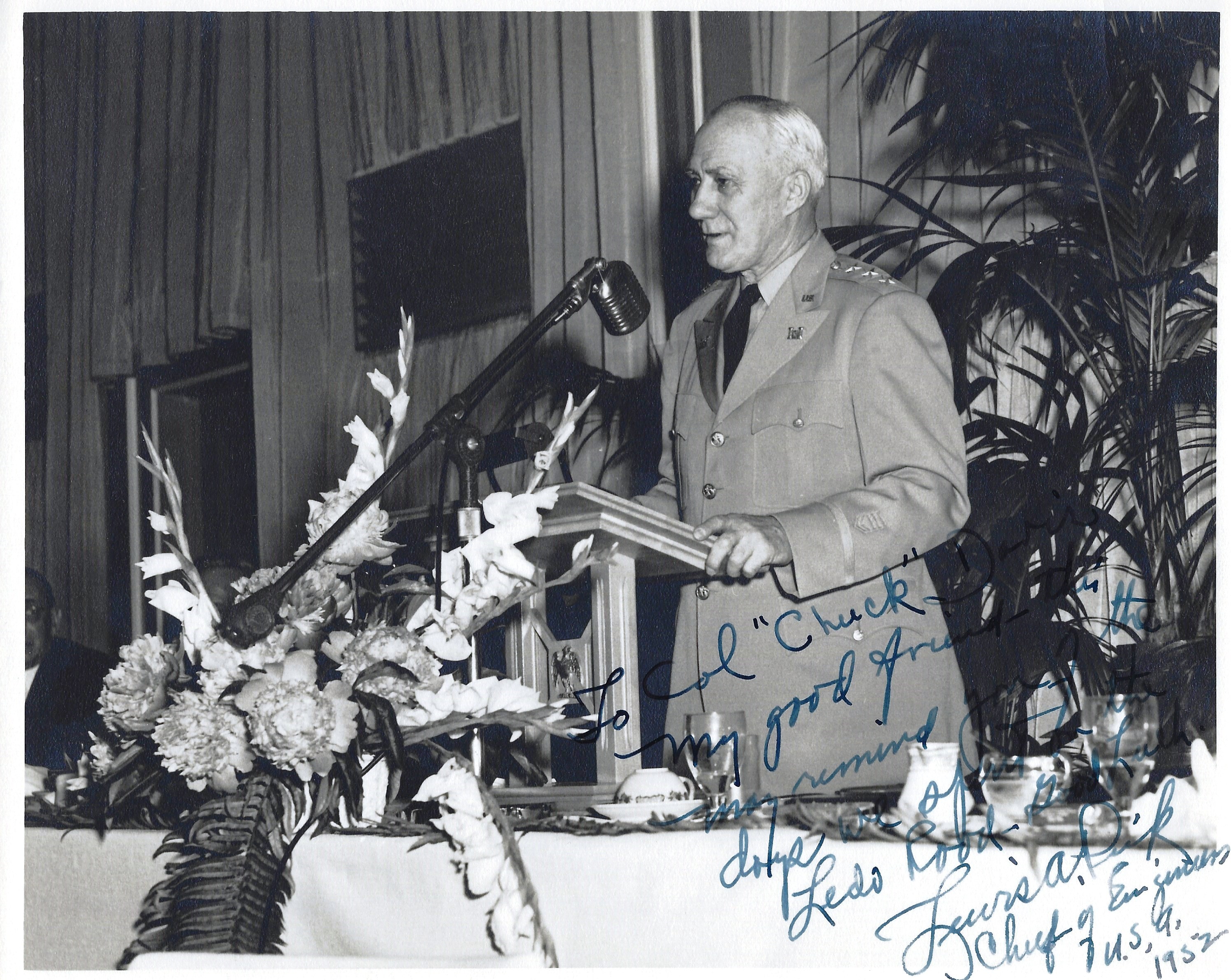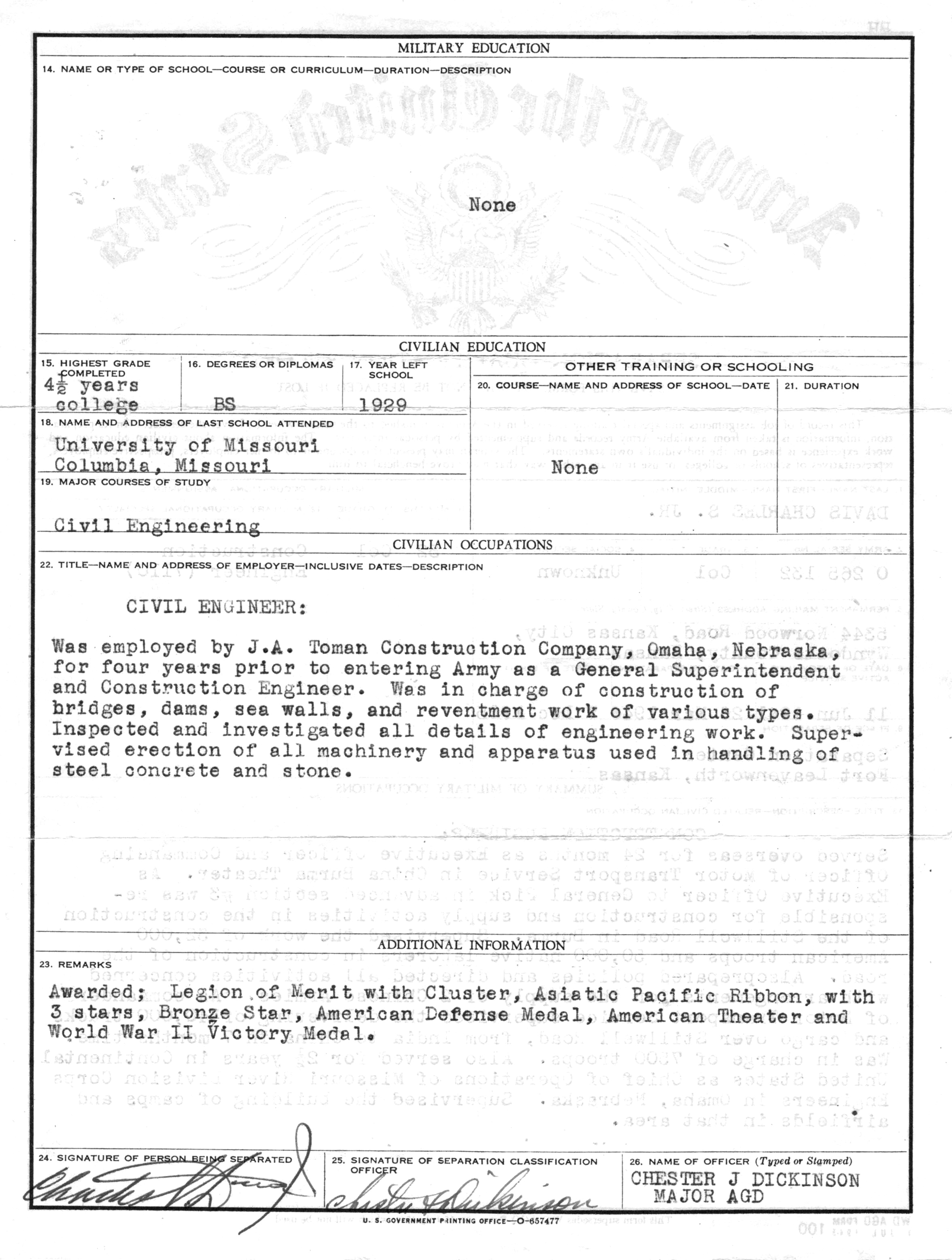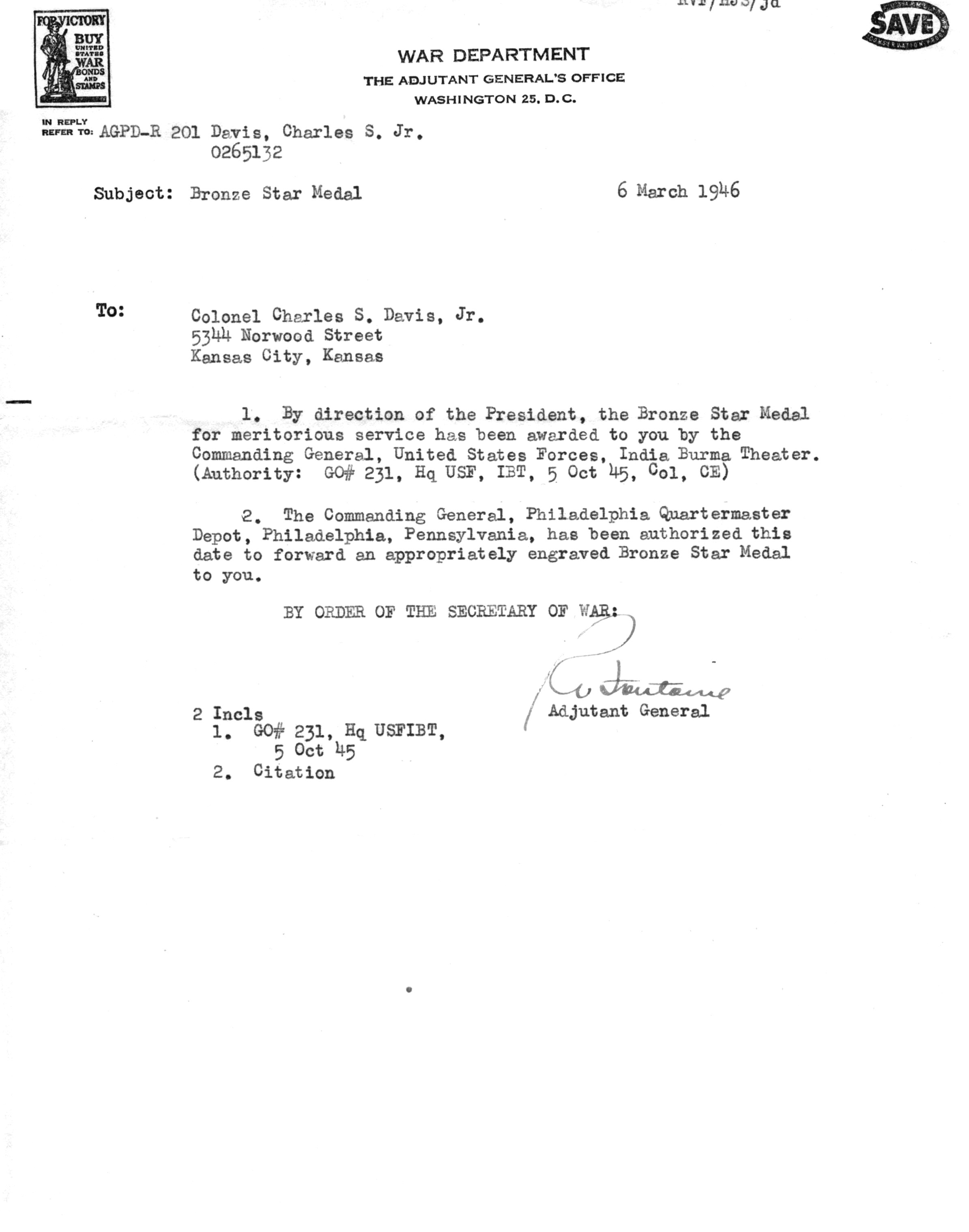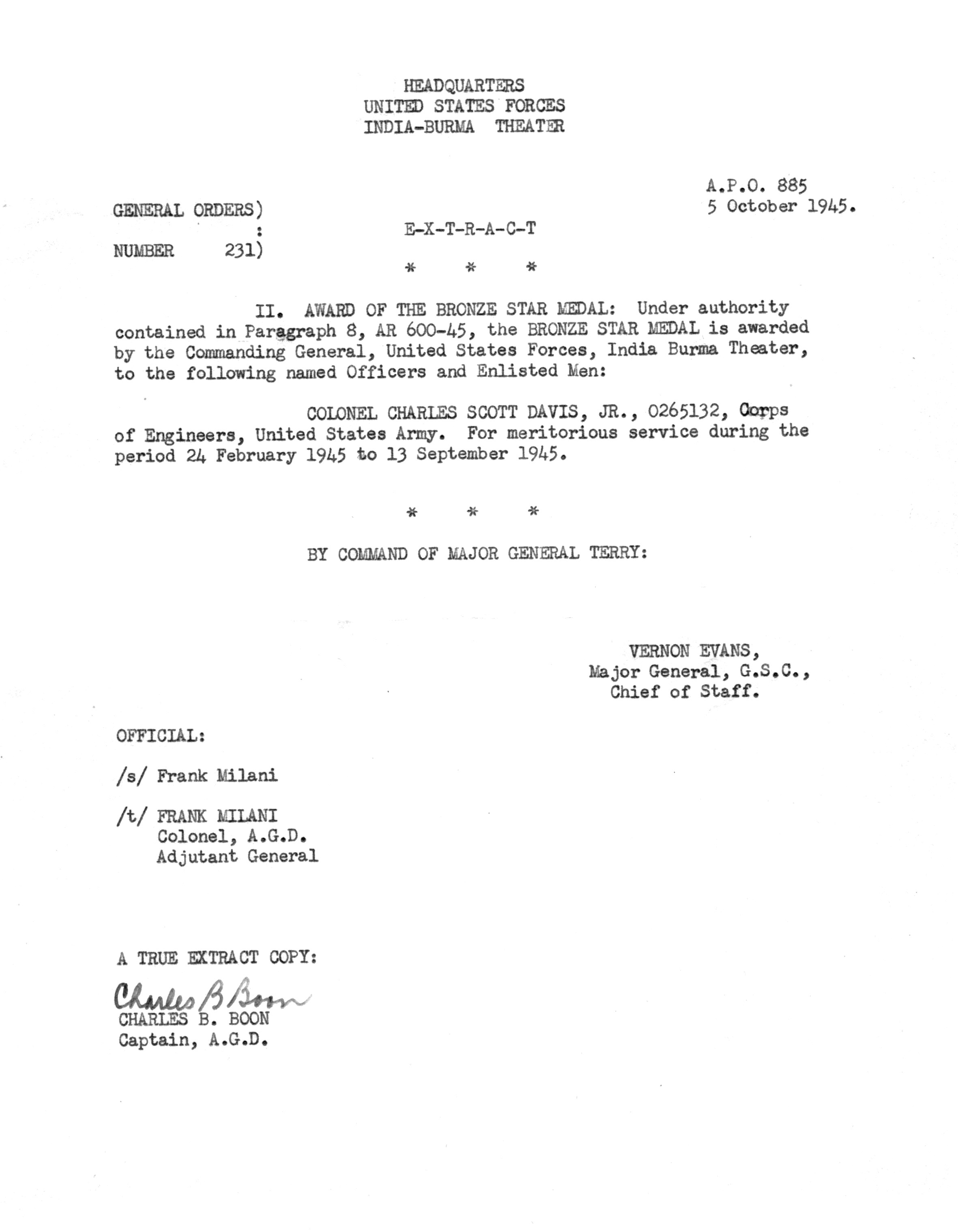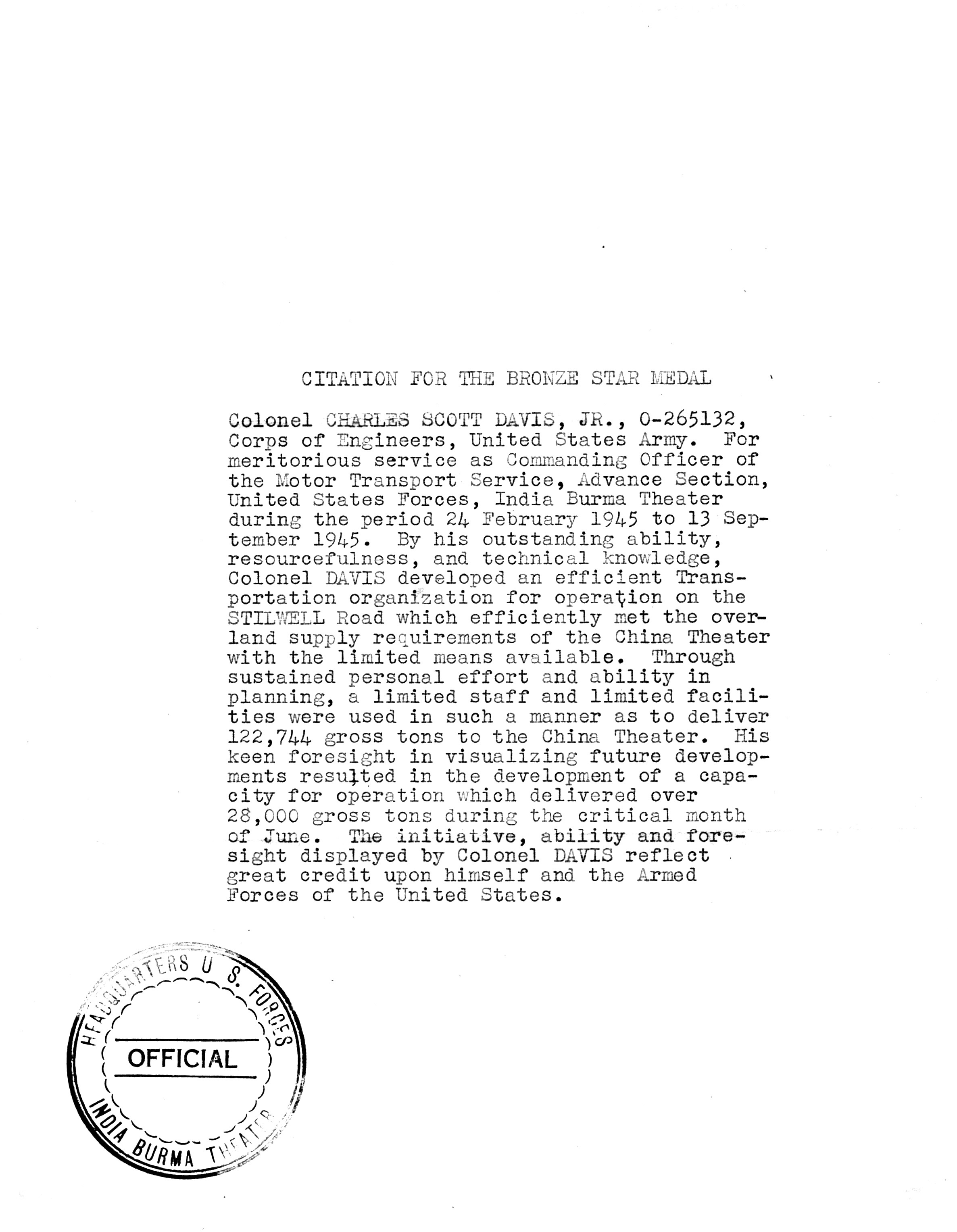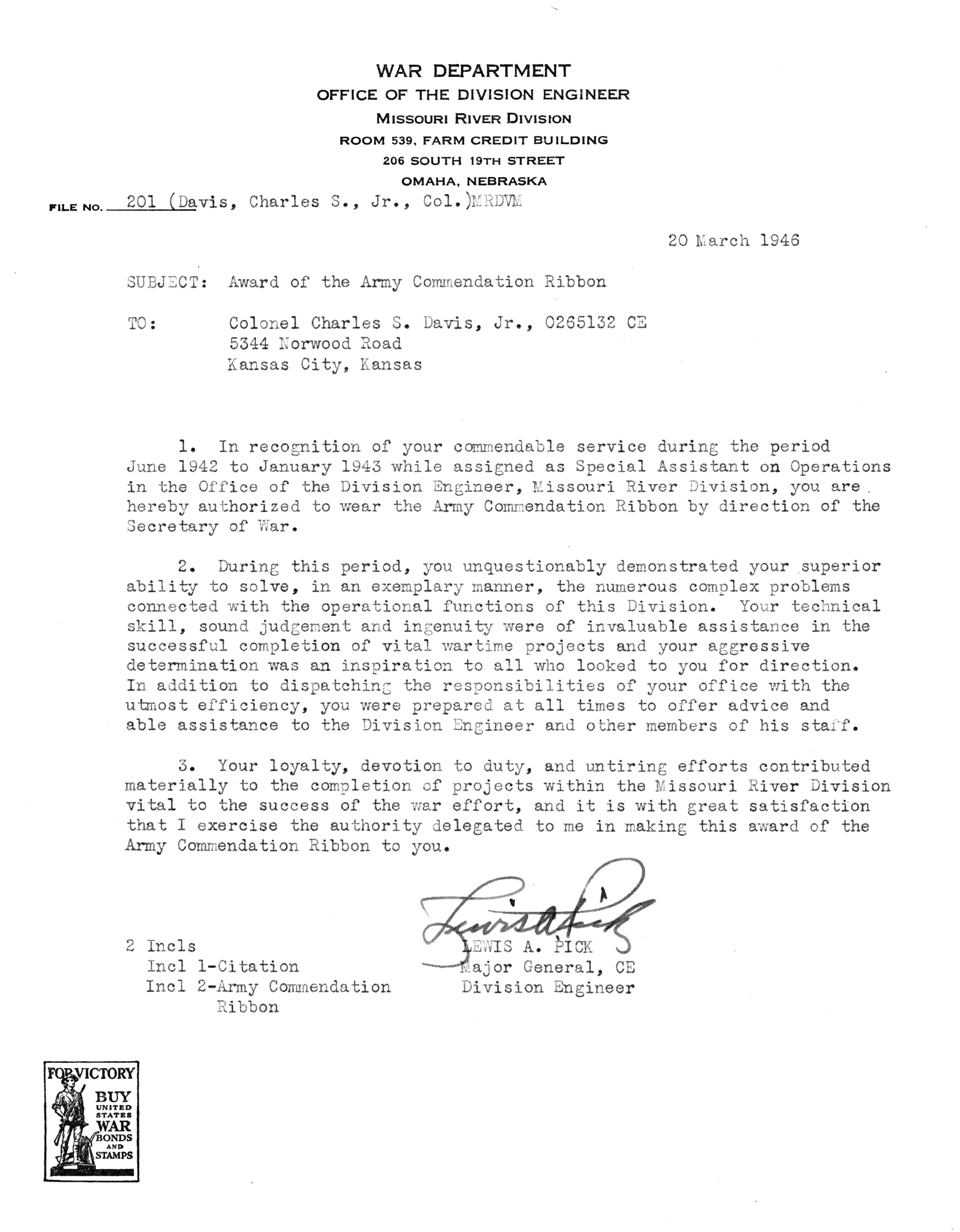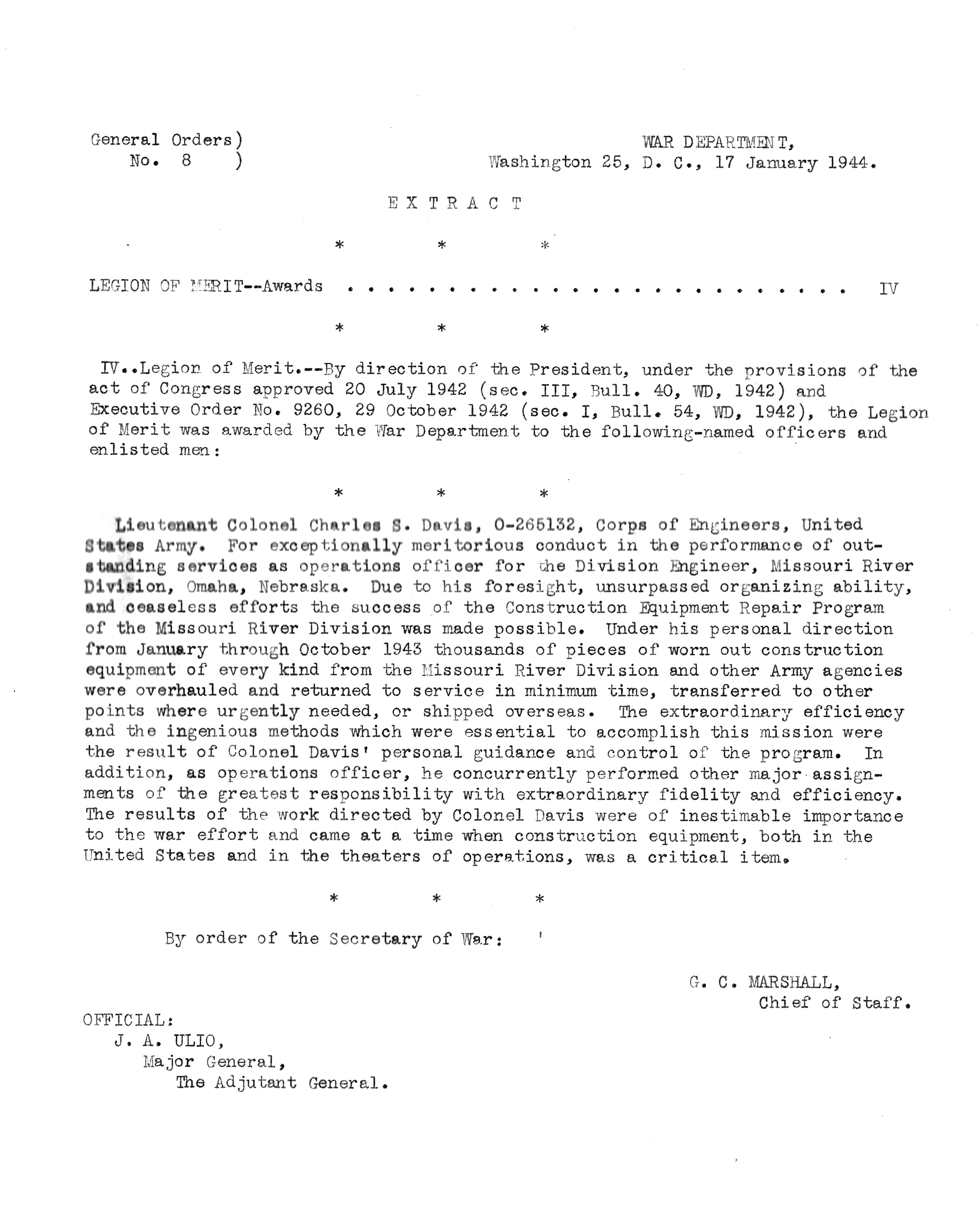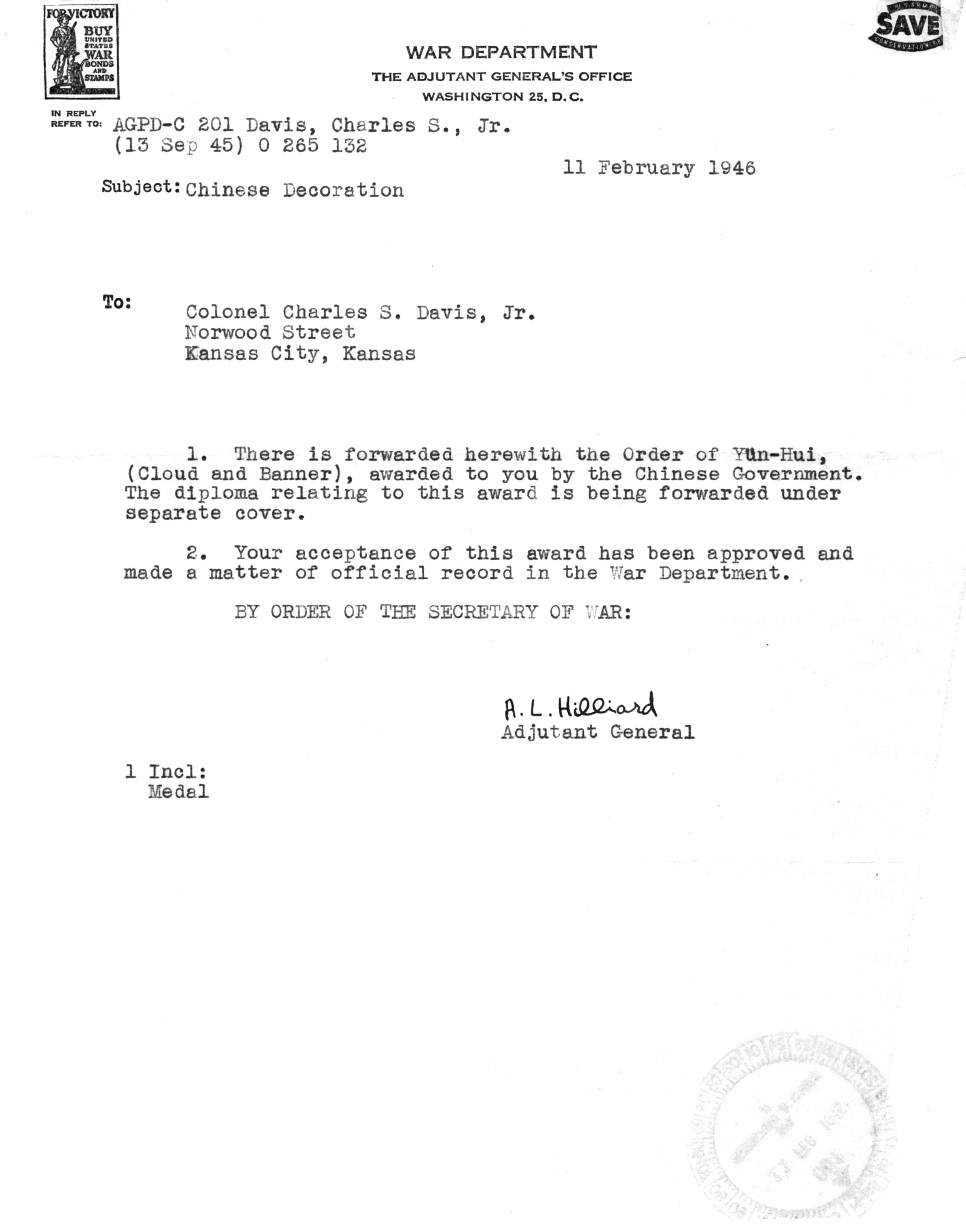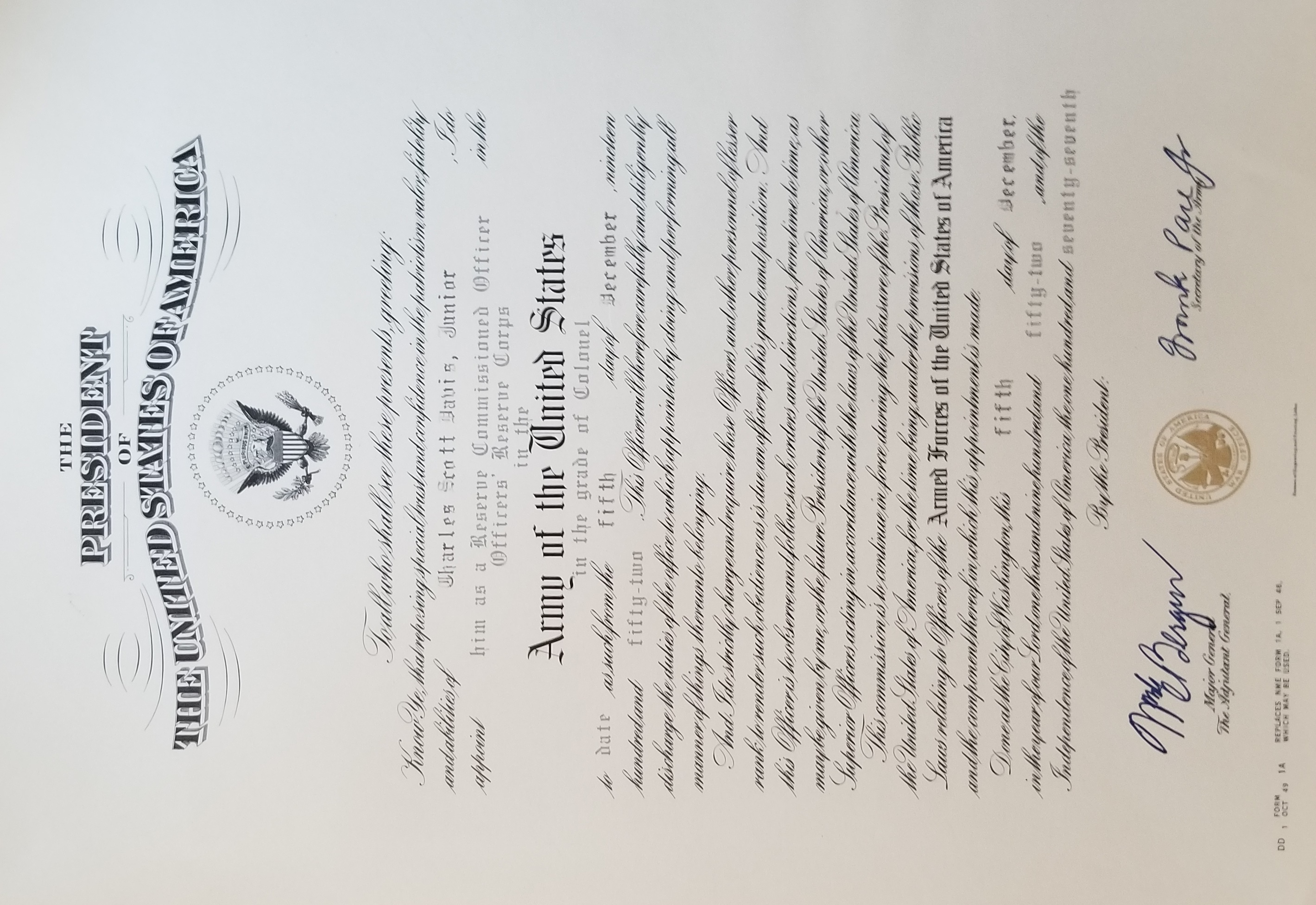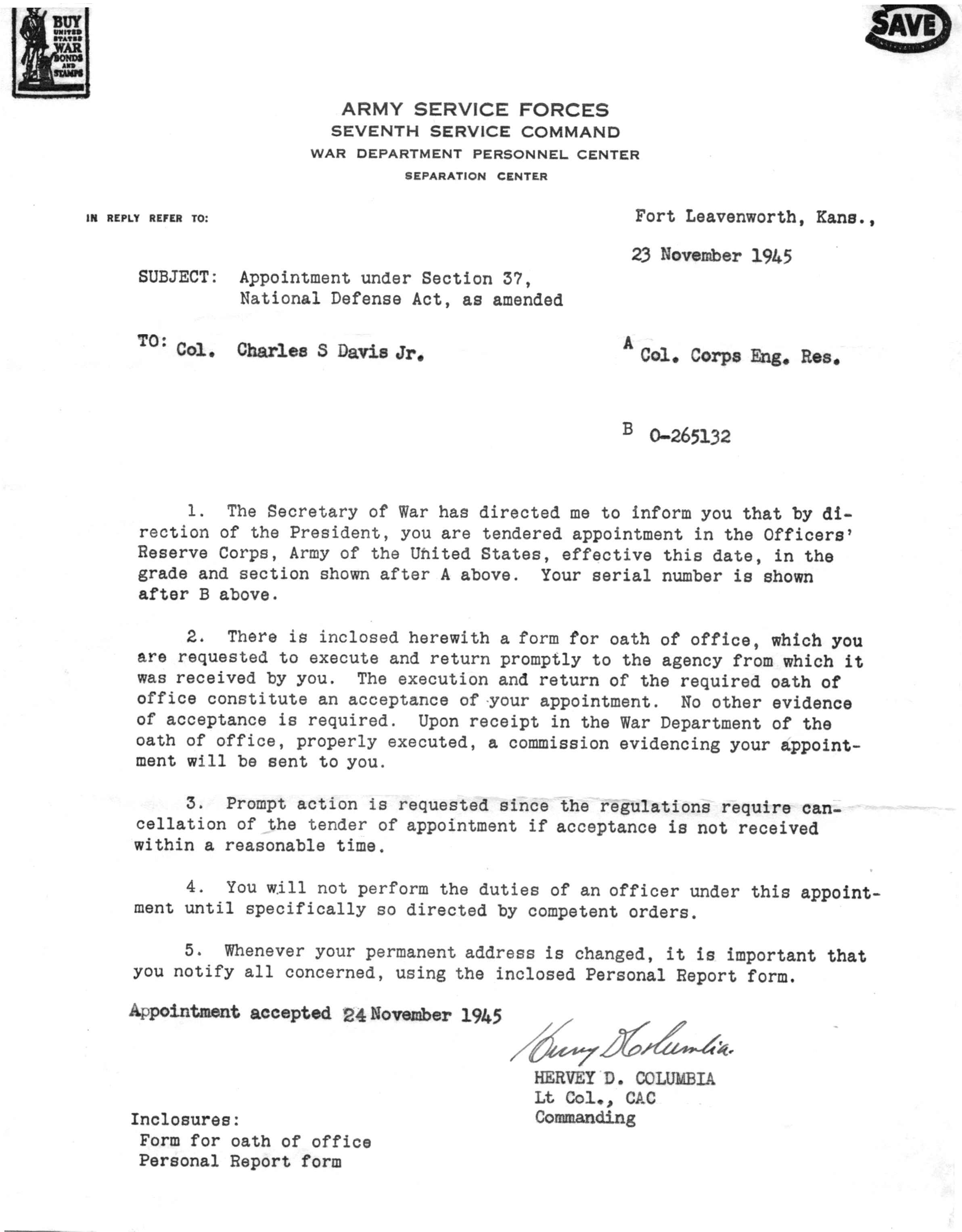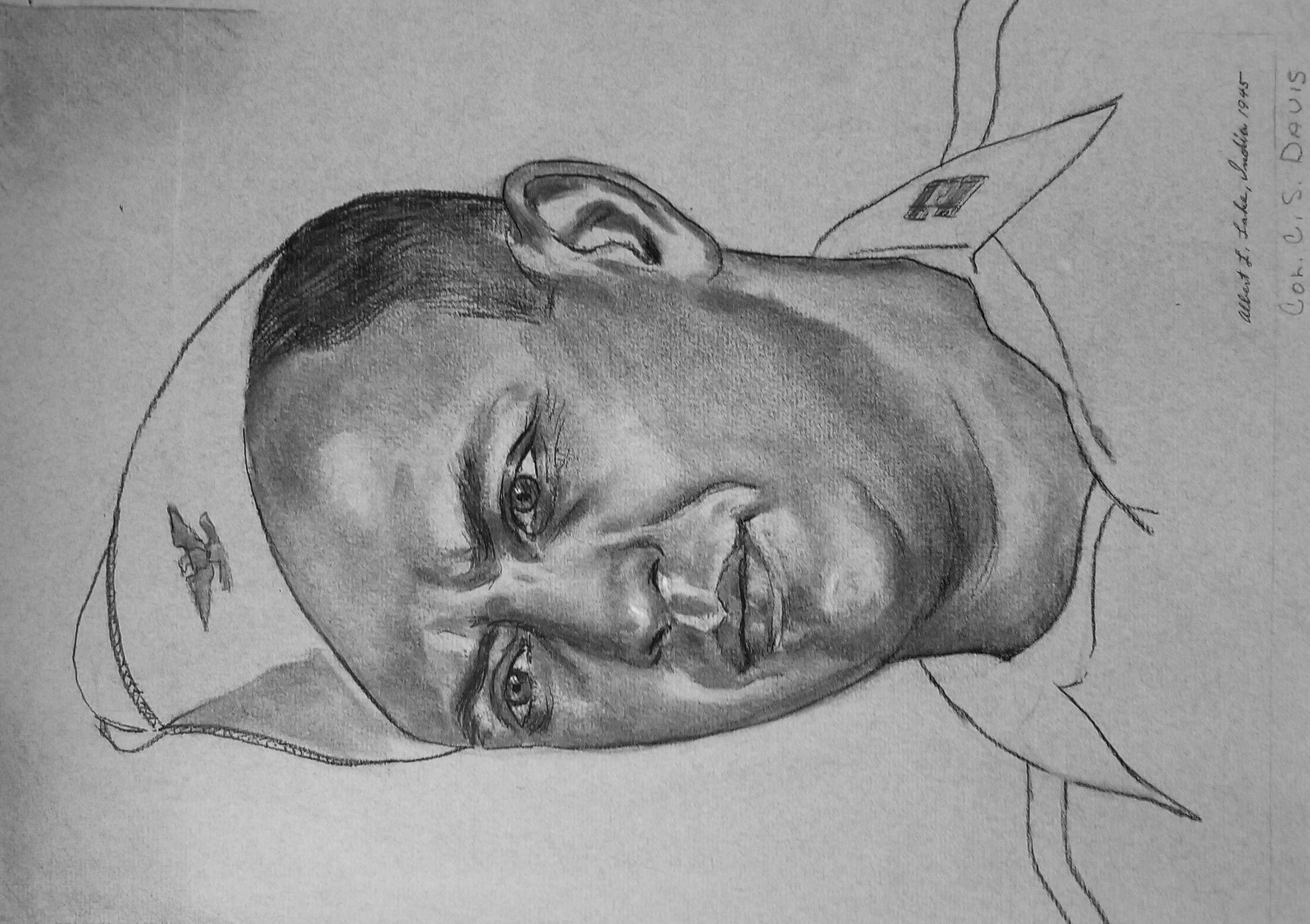Charles S. Davis was born in 1905 on a cattle ranch near Artesia, Territory of New Mexico.
He spent his early years on the ranch with his parents, grandparents and five other related families.
The family later moved to Kansas City, MO to assist in selling the family cattle from New Mexico.
Young Charles sold eggs from his pet chickens and delivered blocks of ice to neighbors for their iceboxes.
After graduating high school, he took a job driving an elderly gentleman from Kansas City to San Francisco including
a stop at Yellowstone Park.
The 1923 Studebaker he drove was equipped with 9 spare tires and they used each at least once to complete the trip.
They arrived at the Palace Hotel the afternoon of August 2, 1923 to find a miitary guard circling the hotel.
President Harding had died earlier at the hotel.
Charles worked nights and weekends to put himself through the University of Missouri, graduating with a degree in
Civil Engineering in 1929.
He eventually got a job as an engineer on a construction project in Honduras, erecting steel piers for United Fruit Company.
Upon return to the States he went to work for a heavy construction contractor in Kansas City.
He worked on many jopbs in the midwest, building dams, bridges, canals, grain elevators and industrial plants.
In 1932 he was assigned to the Army Reserve and spent his training with the 381st Field Artillery commanded by Col. Harry S. Truman.
In 1940 he volunteered for active duty in the Army and was assigned as Chief of Operations at the Missouri River Division in
Omaha, Nebraska. Here he worked with Lt. Col. Leslie Groves, who later commanded the Manhattan Project.
On his birthday, December 7, 1941 the country was plunged into war and he was assigned as Chief of Staff to Gen. Lewis Pick
on the Ledo Road project in India and Burma.
The road was considered a vital part of the war effort in the China-Burma-India Theater to keep supplies flowing to the Chinese
fighting the Japanese.
The original Burma Road supply line had been cut by the Japanese invasion of Burma.
This was considered the most difficult road ever built, starting in deep jungle, crossing many large rivers and finally snaking
its way through some of the highest mountain ranges in the world.
As the road neared completion, Col. Davis was promoted to Commander of Operations on the Burma Road.
While commander he made weekly trips over the Himalaya Montains - "the Hump."
Engineers were responsible for keeping the road passable in spite of jungle, enemy sabotage, floods and landslides.
During one trip over the Hump, Col. Davis had a meeting with Madame Chiang Kai-shek, Gen. Pick and Lord Louis Mountbatten.
At this meeting they decided on a scorched earth policy and had all essential facilities destroyed so they would not fall into
Japanese hands.
The Ledo Road was completed in early 1945 and Charles was ordered home.
He was offered a position in Washington, D.C. as General on the staff of the Corps of Engineers.
He elected to decline and went to work in the private sector.
Following his war years, Charles worked for S.J. Groves of Milwaukee and as a project manager for Utah Construction.
He was Executive Vice President of Utah Construction for over 12 years, traveling around the world managing many projects
from Europe to South America and Australia.
He later became International Vice President of Perini Construction and
supervised the design, development and construction of the Golden Gateway Project in San Francisco.
Later as a consultant he was involved in the planning, design and permits for construction of the Pennsylvania Avenue Project
in New York City.
At the age of 68 he purchased Piazza Construction in San Jose. Under his guidance they built roads, dams, bridges and the runways
of the San Jose airport.
He was very active in his later years, even traveling to rekindle old friendships at a reunion of Burma Road Engineers.
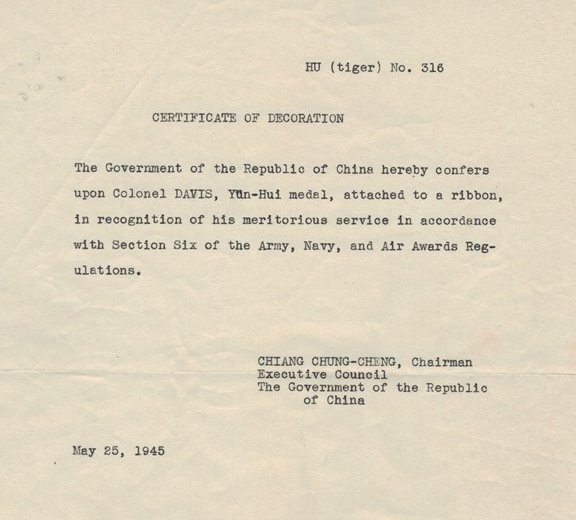

Chinese Yun-Hui medal in recognition of meritorious service
|
